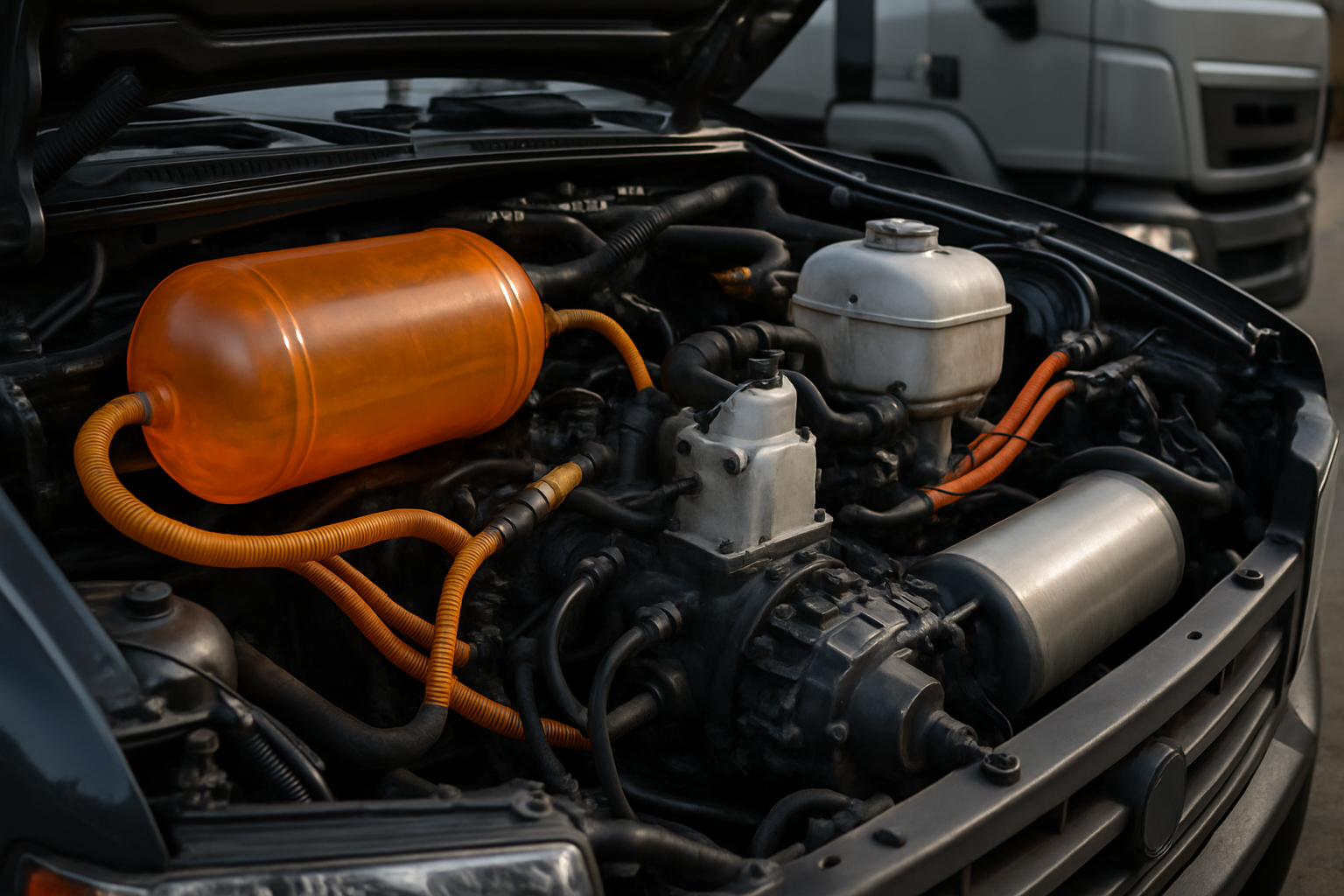Looking for Info on Older GMC 1500s?
Many drivers look up older GMC 1500 models to understand how different years, mileage ranges, and general condition can influence the way these trucks are viewed in today’s market. People often compare similar pickups to see how these details shape the broad price references that appear across various online sources.

When shopping for a used pickup, the GMC 1500 often appears as a strong contender. These trucks have served American drivers for years, offering a balance of utility, comfort, and performance. Whether you’re looking for a work vehicle or a daily driver, understanding the nuances of older GMC 1500 models can help you identify the right fit for your needs.
How Have Older Model Years Changed Over Time?
The GMC 1500 has undergone numerous updates across generations. Early 2000s models featured more basic interiors and less advanced safety technology compared to later iterations. Around 2007, GMC introduced significant redesigns that improved cabin quality and ride comfort. By the 2014 model year, the Sierra 1500 received another major refresh with enhanced fuel efficiency and updated styling.
Earlier generations typically came with less sophisticated infotainment systems and fewer driver-assistance features. However, many older models are praised for their mechanical simplicity, which can make maintenance more straightforward. Engine options have varied widely, from V6 configurations to powerful V8s, with later models generally offering better fuel economy without sacrificing capability. Transmission technology also progressed, with newer automatics providing smoother shifts and improved reliability compared to earlier four-speed units.
Understanding these generational differences helps buyers identify which features matter most and which model years align with their priorities and budget constraints.
What Role Does Mileage Play in Overall Value?
Mileage remains one of the most significant factors affecting a used GMC 1500’s value. Generally, trucks with lower mileage command higher prices, but the relationship isn’t always linear. A well-maintained truck with 150,000 miles may be more reliable than a neglected one with 80,000 miles.
Typically, GMC 1500s under 100,000 miles retain more value, especially if they include desirable features or belong to sought-after model years. Once a truck crosses the 150,000-mile threshold, depreciation accelerates, though these vehicles can still provide years of service if properly cared for. Commercial or fleet trucks often accumulate high mileage quickly but may have detailed maintenance records that offset concerns.
Beyond the odometer reading, consider how the miles were accumulated. Highway miles are generally easier on components than stop-and-go city driving. Service history, including regular oil changes, transmission services, and documented repairs, can significantly impact value regardless of total mileage. A comprehensive inspection by a trusted mechanic before purchase can reveal whether high mileage has taken a toll on critical systems.
How Do Similar Pickup Trucks Compare?
The GMC 1500 competes directly with several other half-ton pickups in the used market. Understanding how these trucks compare can help you determine whether a GMC is the right choice or if an alternative better suits your needs.
| Truck Model | Manufacturer | Key Features | Typical Mileage Range |
|---|---|---|---|
| GMC Sierra 1500 | GMC | Strong towing capacity, comfortable interior, available V8 engines | 80,000-150,000 miles |
| Chevrolet Silverado 1500 | Chevrolet | Mechanical twin to Sierra, slightly different styling, wide availability | 80,000-150,000 miles |
| Ford F-150 | Ford | Best-selling pickup, aluminum body (2015+), diverse engine options | 75,000-140,000 miles |
| Ram 1500 | Ram | Smooth ride quality, luxurious interior options, available diesel engine | 85,000-145,000 miles |
| Toyota Tundra | Toyota | Known for reliability, strong resale value, less frequent redesigns | 90,000-160,000 miles |
The GMC Sierra 1500 shares its platform with the Chevrolet Silverado, meaning they offer similar mechanical reliability and performance. The primary differences lie in styling, trim levels, and interior appointments, with GMC typically positioned as the more upscale option. Ford’s F-150 dominates sales volume, which means more used inventory but also more competition among sellers. Ram 1500s have earned praise for ride comfort, particularly in newer models with coil-spring rear suspension.
Toyota Tundra models often hold their value longer due to the brand’s reputation for durability, though they may lag behind domestic competitors in technology updates. When comparing similar pickups, consider parts availability, local service options, and which brand’s strengths align with your intended use.
What Should You Look for When Inspecting an Older GMC 1500?
Before committing to a purchase, conduct a thorough inspection. Check for rust, especially in the frame, bed, and undercarriage, as these areas are prone to corrosion in regions that use road salt. Examine the condition of the suspension components, as worn bushings or ball joints can lead to costly repairs.
Test drive the truck in various conditions to assess transmission shifts, engine performance, and brake responsiveness. Listen for unusual noises from the drivetrain or suspension. Verify that all electronic features function properly, including power windows, locks, and climate control systems.
Request maintenance records to confirm regular servicing. Pay particular attention to timing chain or belt replacements, transmission fluid changes, and differential service. A pre-purchase inspection by an independent mechanic can uncover hidden issues that may not be apparent during a casual review.
Are Parts and Service Readily Available?
One advantage of choosing a GMC 1500 is the widespread availability of parts and service. As a popular domestic truck, most repair shops stock common replacement components or can source them quickly. This accessibility helps keep maintenance costs reasonable compared to some imported alternatives.
Aftermarket support is robust, with numerous manufacturers producing everything from performance upgrades to replacement body panels. This competitive market often results in more affordable options than original equipment manufacturer parts, though quality can vary.
Dealerships and independent mechanics across the United States are familiar with GMC trucks, making it easy to find qualified technicians for both routine maintenance and complex repairs. Online communities and forums dedicated to GMC trucks provide valuable resources for troubleshooting and DIY guidance.
Wrapping Up Your Search
Older GMC 1500 models offer a compelling combination of capability, comfort, and value for used truck buyers. By understanding how model years differ, recognizing how mileage affects pricing, and comparing alternatives, you can approach your search with confidence. Thorough inspections and attention to maintenance history will help ensure your chosen truck provides reliable service for years to come. Whether you need a work truck or a versatile daily driver, the GMC 1500 remains a solid choice in the used pickup market.



